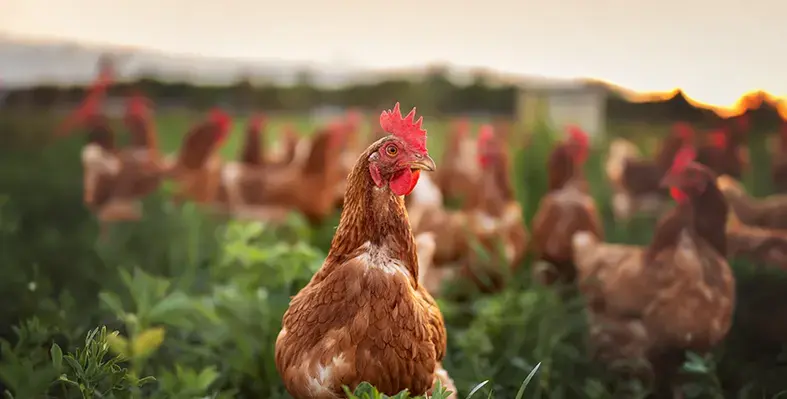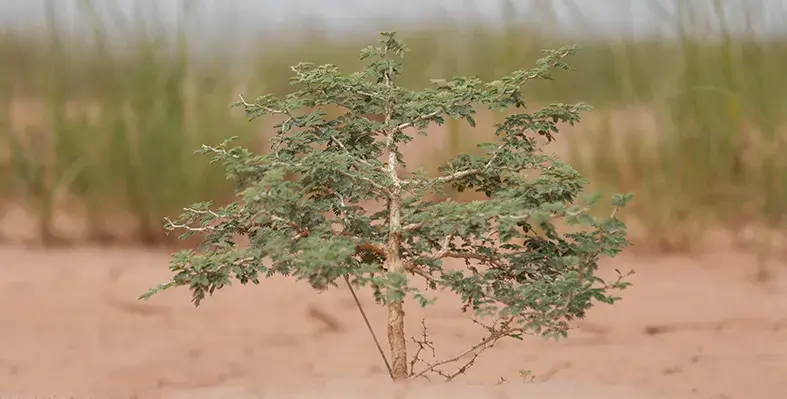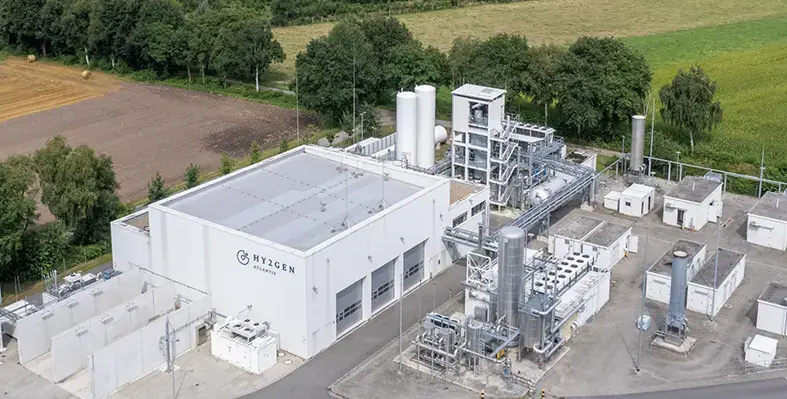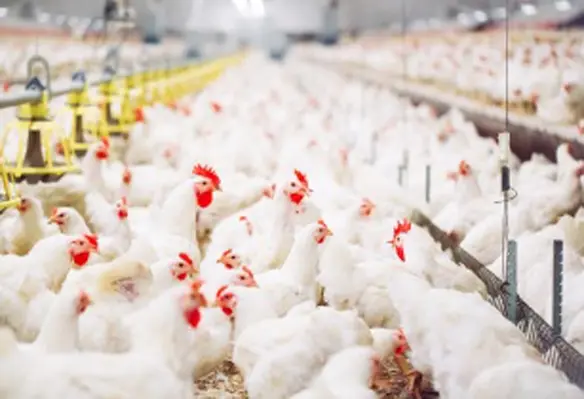ZIVO Bioscience, Inc., a biotech and agtech research company developing immune-boosting compounds from proprietary algal cultures, has announced a new partnership with one of the world’s leading animal health companies
The collaboration focuses on advancing ZIVO’s novel biologics for use in the poultry industry and may expand to other livestock and companion animals in the future.
The companies have signed two agreements to conduct independent studies that will explore the potential of ZIVO’s compounds to support poultry health. The goal is to enhance existing vaccination strategies and help address diseases that continue to affect poultry production.
Expanding poultry protection
The first agreement involves a 42-day challenge study focused on coccidiosis, a common and damaging parasitic disease in poultry. This study aims to confirm earlier positive results from ZIVO’s compound, now used alongside the partner’s vaccine. It will also collect samples to evaluate new performance measures. Findings will support ZIVO’s regulatory process with the USDA’s Center for Veterinary Biologics and help establish a strong business case for commercial use.
The second agreement outlines a study of ZIVO’s compounds using a model for a viral poultry disease that causes high mortality and has no available cure. The virus was chosen for its well-known in vivo model, clear clinical results and short testing timeline. The goal is to confirm the antiviral effects ZIVO has already observed in earlier trials, including reduced severity and spread of low-pathogenic avian influenza. Positive outcomes could lead to broader studies covering more viral diseases.
The collaborating animal health company will fully fund both studies. Researchers will assess how ZIVO’s compounds can shorten the time between vaccination and immunity, protect birds in vulnerable periods, enhance immune response and reduce the impact of diseases that suppress the immune system.
“This collaboration supports our strategy to partner with a major animal health company that brings scientific expertise and R&D infrastructure to advance our innovations to global markets efficiently and at scale,” said John Payne, chairman and CEO of ZIVO Bioscience. “We are aligned with this company on the broad applicability of our immune-modulating technology and its potential to create a disruptive, non-antibiotic therapeutic platform.”









